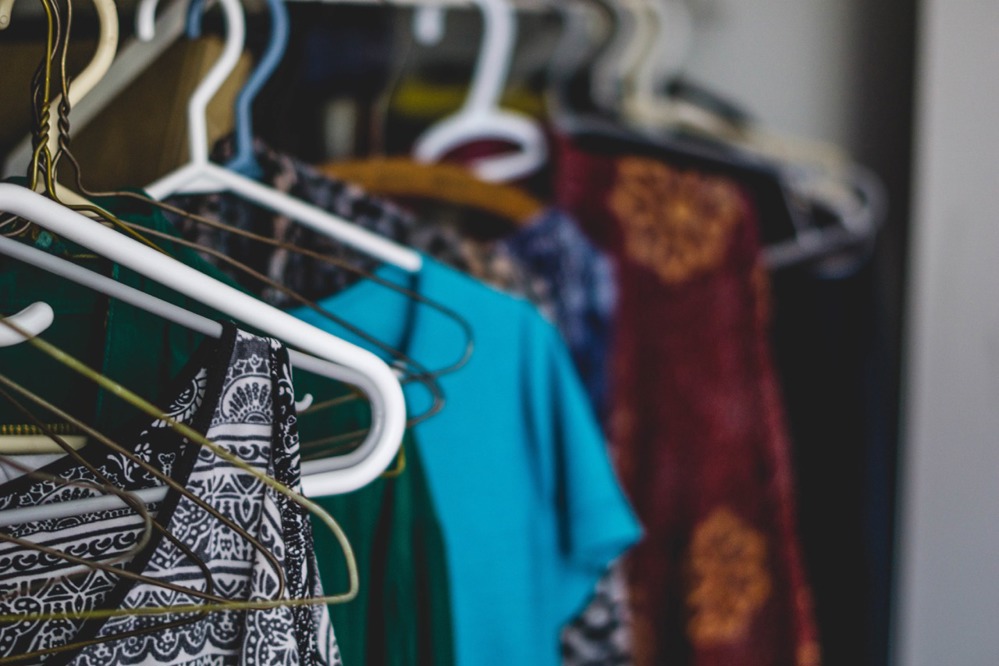What to Wear to a Scientific Conference

Presenting new work, learning about new ideas, and making important collaborations are exciting parts of scientific conferences.
While academics carefully plan their talk slides, posters, and travel itineraries, little thought and preparation go into what to wear for a scientific conference.
What one wears at conferences has an impact beyond personal comfort. You can make a strong impression as a confident and ambitious professional through your clothes and improve engagement with the scientific community.
In some instances, conference organizers or their parent scientific organizations offer valuable guidelines to the attendees on what to wear to their events. [1,2]
However, it is not uncommon for researchers, especially junior undergraduate and graduate trainees, to resort to Google for ideas or crowdsource information through social media channels about what to wear at scientific conferences.
Wearing and witnessing a range of outfit styles in the conferences I attended over the years and from discussions with my colleagues, I curated general guidelines and a wardrobe checklist for scientists attending conferences.
- Business-casual is the Way: For conference presenters, speakers, first-time attendees, and anyone in doubt, business-casual is a safe, acceptable style. A simple blazer paired with trousers, and a blouse or shirt is a common dress code in most academic events. No matter what you pair it with, make blazers the key item.
- Comfort over Style: Avoid choosing anything experimental or attires that do not feel comfortable to you. When in doubt, always choose comfort, provided they are not pajamas.
- Make it Personal: Don’t disregard your style. For instance, many researchers express their scientific interests through science-themed clothes featuring graphs, microscopy images, or popular science photos. Some prefer colorful accessories, such as bowties, socks, and glasses. Dress up to flaunt your style.
- Shoes Matter: Comfortable shoes are a must as there is a lot of standing and walking involved in scientific conferences. Make sure your shoes are broken in, fit properly, and match your business-casual outfit.
- Avoid Extremes: Because academic conferences have a more relaxed dress code, it is unsurprising to see different outfit styles. Regardless of the crowd around you, avoid extreme looks, ranging from sweatpants to tuxedos. Skip overly fashionable trends that can make you the odd one out.
- Check the Weather: A summer conference in Greece might not need much extra clothing, but a winter conference at a ski resort requires additional planning. Make sure to check local weather and bring along essential items, such as a winter jacket or an umbrella.
- Additional Events: Many conferences include special events like dinners, excursions, and dance parties that may require special outfits. Read the event calendar carefully for special events and suggested dress code.
Additional Tips for Men
- Avoid wearing trainers (running shoes) with your business casual outfit.
- Make sure to wear a belt.
Additional Tips for Women
- Wear sheer, nude tights with dresses and skirts to make yourself more comfortable in a crowded setting.
- Avoid wearing heels the day you have a poster presentation where you must stand for hours.
Additional Tips for Non-binary or Genderqueer Individuals
While many resources and discussions on clothing choices are available to men and women, they often leave out individuals whose identities are outside the gender binary. These tips can help nonbinary researchers to choose dress codes that are suitable for academic conferences in addition to affirming their identity.
- Choose a professional outfit that aligns with your gender expression. For example, shirts and pants in loose-fitting, flowing fabrics with neutral colors and/or prints of your choice are good options. [3]
- Use funky accessories such as bowtie or bold jewelry to express who you are.
- Discuss the dress code with conference organizers in advance. Develop your own gender-affirming, inclusive dress code with the help of your scientific community.
Conclusion
First impressions are important in professional settings and your outfit is an integral part of it. Make a deliberate choice to get your conference outfit right. Planning is necessary but do not obsess over it.
Be confident, own your style, and don’t forget to wear your smile!
References:


